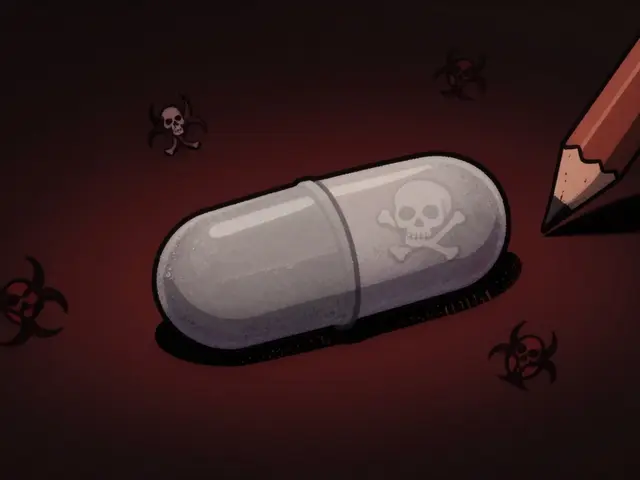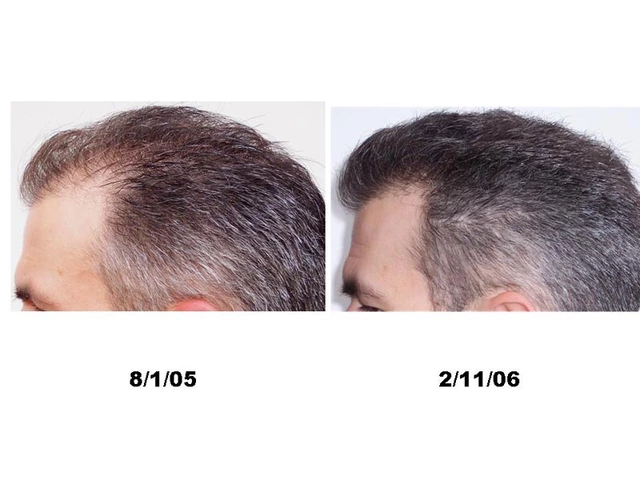Onychomycosis: Easy Ways to Spot, Treat, and Prevent Nail Fungus
Ever noticed a thick, yellowish nail that just won’t look right? Chances are you’re dealing with onychomycosis, the fancy term for nail fungus. It’s more common than you think and can show up on toe or fingernails, especially after sweaty shoes or a minor injury.
How to Know If You Have Onychomycosis
First off, look for these tell‑tale signs: the nail turns whitish, yellow, or brown; it becomes brittle, crumbles, or lifts away from the nail bed; and you might see a foul smell. Often the infection starts at the tip and works its way down. If you’ve had a cut, a manicure, or share nail tools, the fungus can slip in easily.
Don’t just guess, though. A quick visit to a pharmacist or a tele‑dermatology service can confirm it. They’ll usually scrape a tiny sample and run a test. Knowing for sure saves you from using the wrong cream and watching the problem linger.
Best Over‑the‑Counter and Prescription Options
OTC products like clotrimazole or terbinafine creams work for mild cases, but they need daily application for weeks. For thicker nails, a lacquer called ciclopirox (Penlac) is brushed on once a day and can reach deeper layers.
If the fungus is stubborn, doctors often prescribe oral terbinafine or itraconazole. These pills attack the fungus from the inside and usually clear up the infection in 12‑weeks. Side‑effects are rare, but you’ll need a blood test before starting to make sure your liver is healthy.
While you’re on treatment, keep your feet dry. Change socks at least once a day, let shoes air out, and consider antifungal powder inside them. Cutting nails straight across and filing the top surface can improve medication absorption.
Natural helpers? Tea tree oil has some antifungal power, but it’s not as reliable as prescription meds. If you try it, use a diluted mix and apply twice daily—just don’t expect it to replace a proper treatment plan.
Prevention is the smartest move. Wear breathable shoes, avoid walking barefoot in public showers, and don’t share nail clippers. If you’re prone to sweaty feet, an antiperspirant spray can keep the moisture down.
Bottom line: onychomycosis isn’t a big deal if you catch it early, treat it correctly, and keep your nails clean and dry. Spot the signs, choose the right product—OTC for mild, pills for tough—and stick to the routine. Your nails will thank you.

Not sure if griseofulvin is right? Compare it to terbinafine, itraconazole, fluconazole, and topicals by infection type, cure rates, safety, and real‑world scenarios.
Continue Reading





